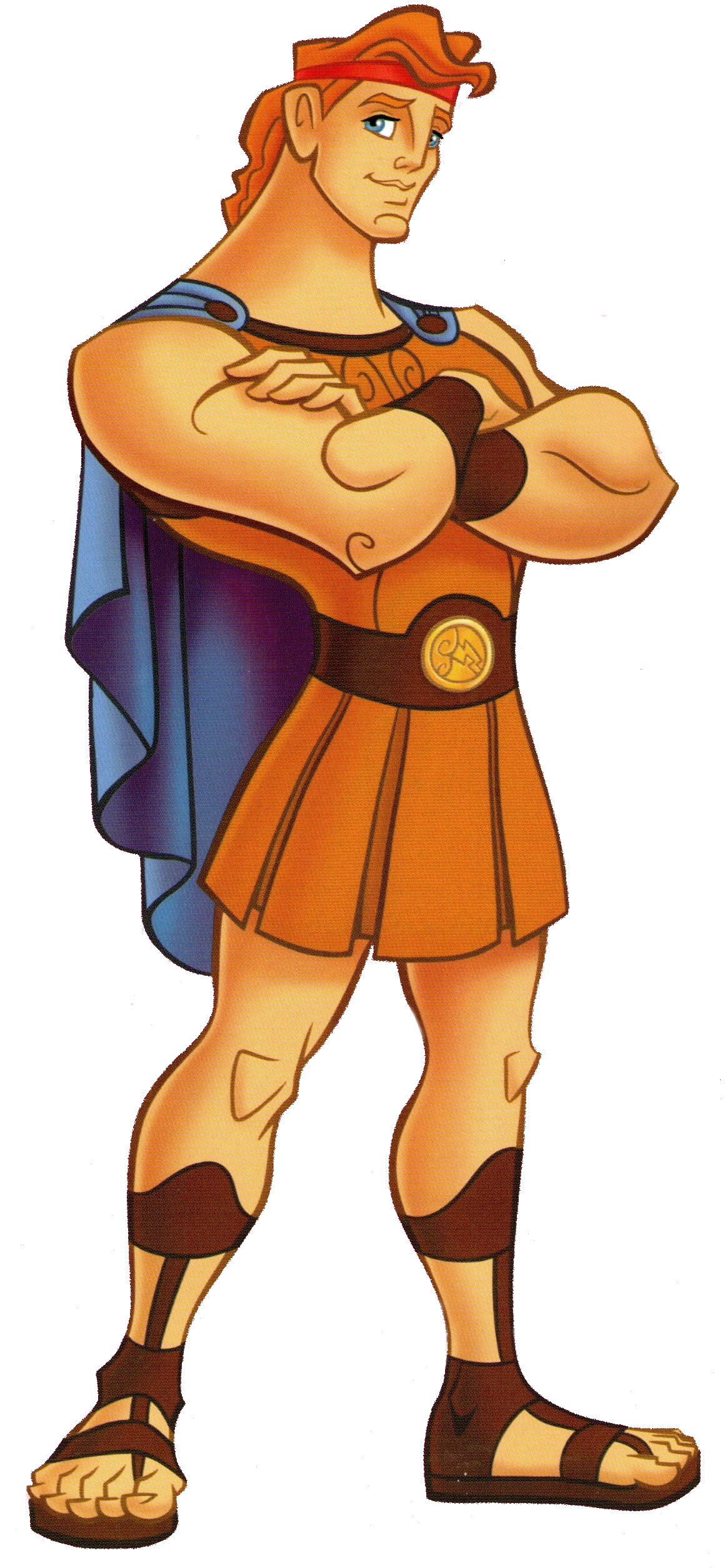This week the story unit I selected came from the
Classical selections of the UnTextbook.
To follow up my previous week’s selection of Jewish Fairy Tales I
decided to transition into some Greek Mythology. Therefore, my week 3 reading unit was Ovid’s Metamorphoses.
I thought that the description of this unit was
very clear regarding what the stories would talk about as well as what
mythological characters would be represented throughout the unit. Even before accessing the unit directly
through the UnTextbook the small description was also clear in its outline.
Something I liked about this unit was its style
of writing. In comparison with the
previous unit I read I think that this unit is more of how I picture stories
being read as well as told. That’s not
to say I didn’t appreciate last week’s story unit, simply that I prefer this
style of writing when reading materials like this. I think it’s easier to lose yourself in a
story when you read it from a storyteller perspective. It was almost like The Princess Bride, where
you watch the grandfather read the story to the boy, but you’re able to seamlessly
immerse yourself into the story at the same time. This style of story telling provides a story
within a story and I think the levels contribute to the reader’s ability to
identify with the fantasy elements.
 |
| The Princess Bride DVD Artwork Cover Acquired from Rotten Tomatoes |
Something I think this story could benefit from
is maybe a character map. I’m a very
visual thinker at times and the presentation of information in chart format is
extremely beneficial. I think when
dealing with subjects such as Greek Mythology a lot of individuals think they
have some kind of base understanding when the reality is that these characters
are inner woven and very complex at times. Perhaps the presence of a who’s
related to who and how kind of chart would help people to reference when
reading these kind of units. Especially
to provide a more holistic picture at the end of reading all the sections.


